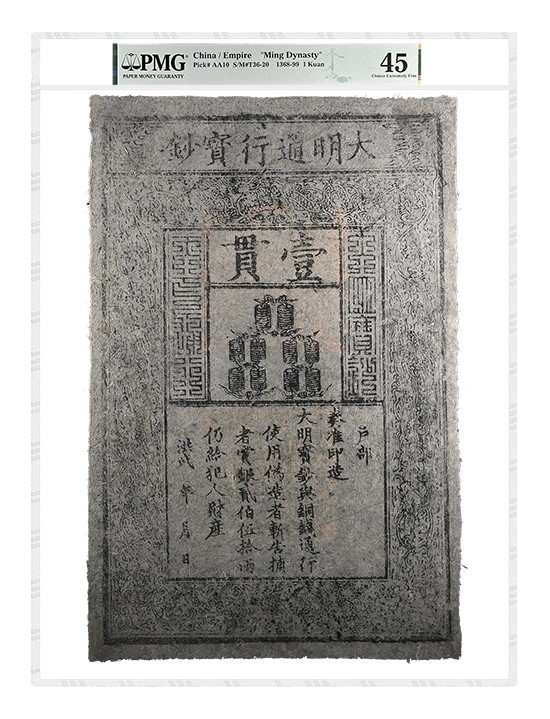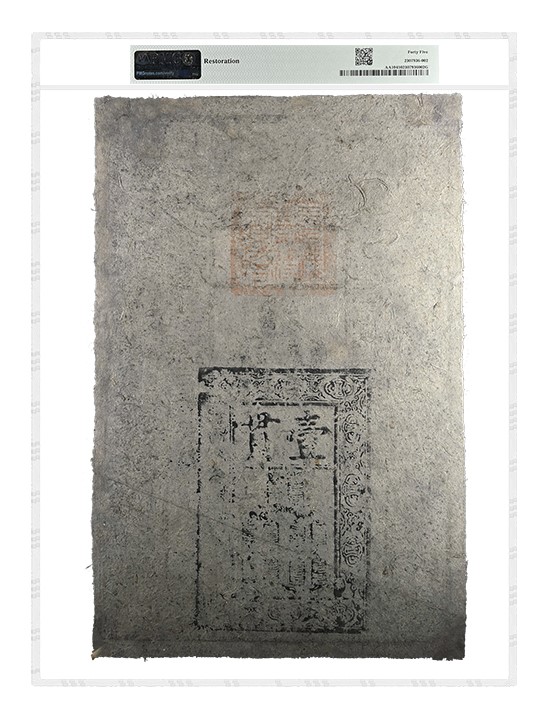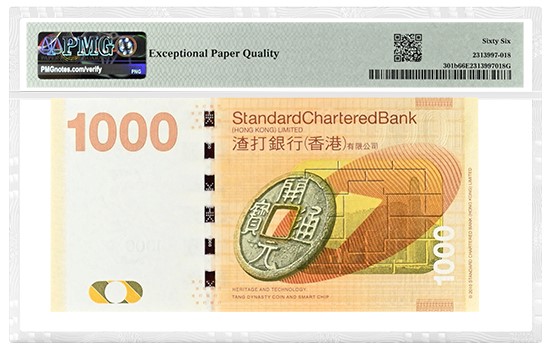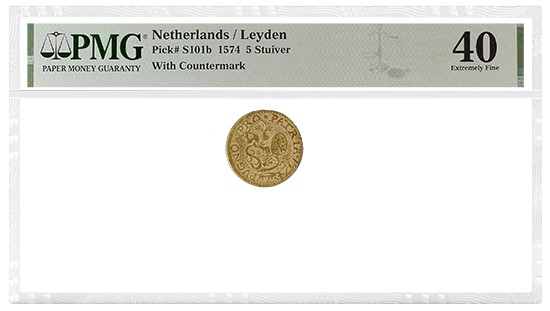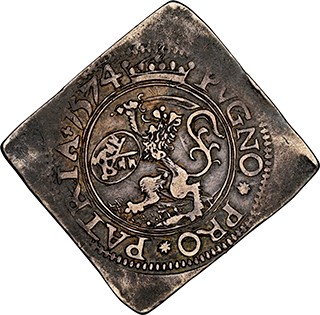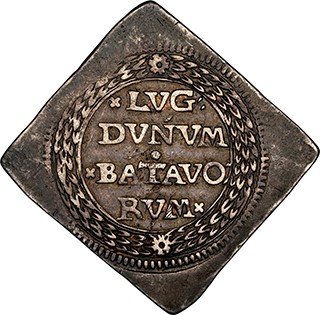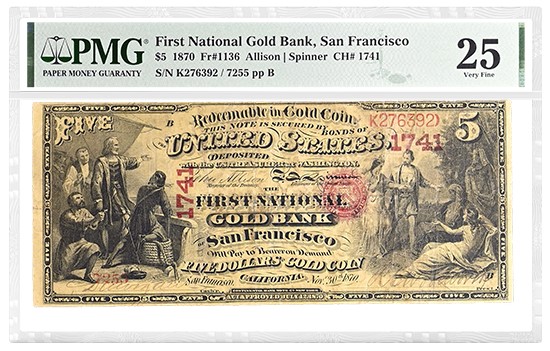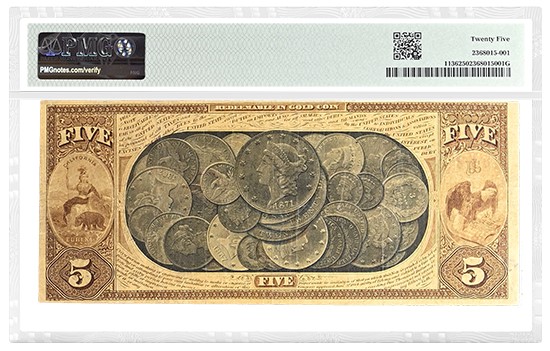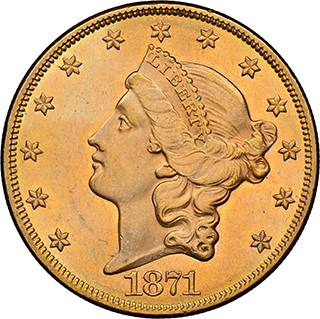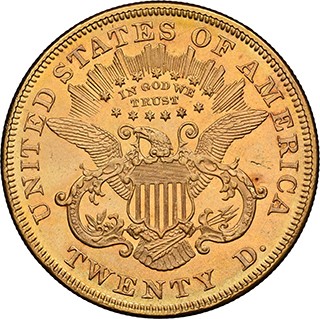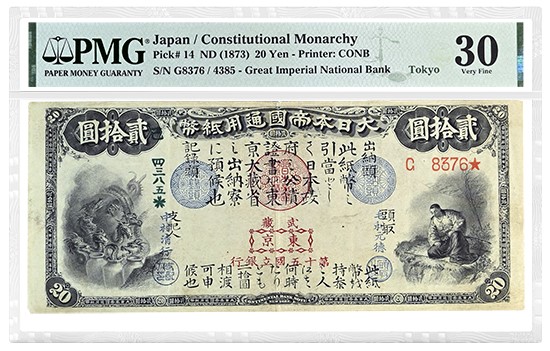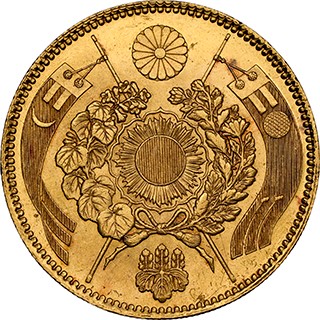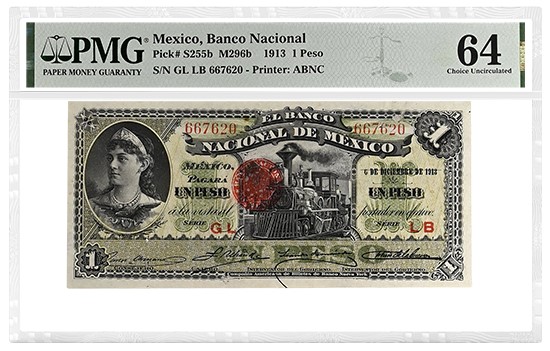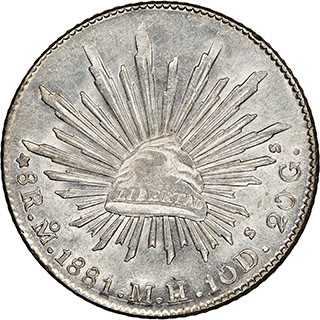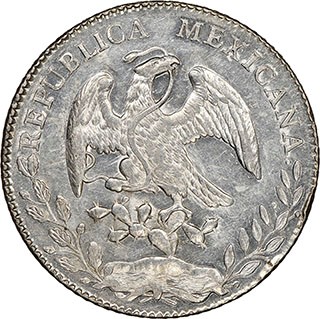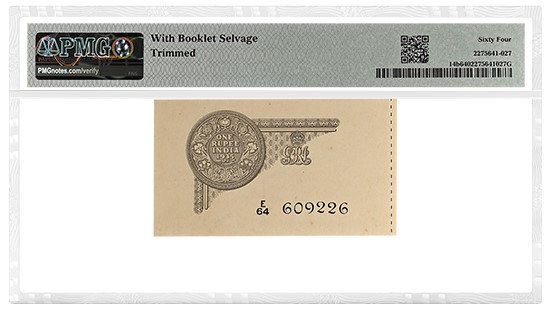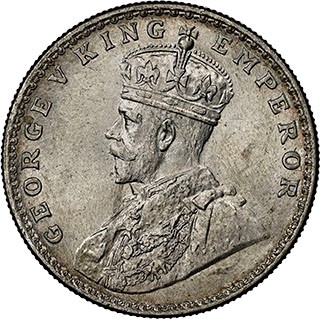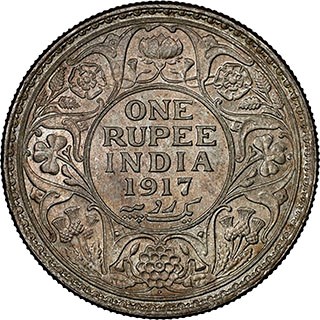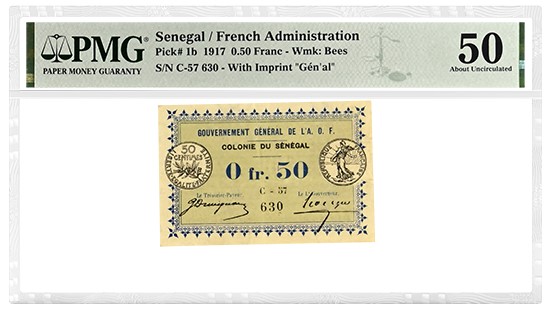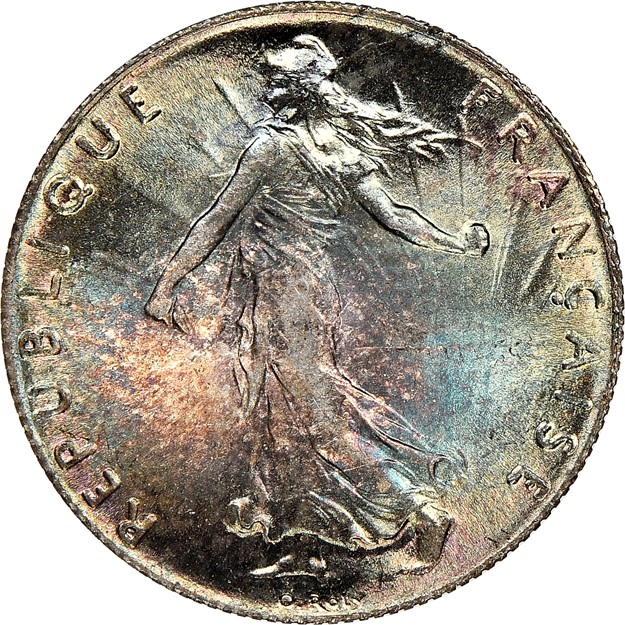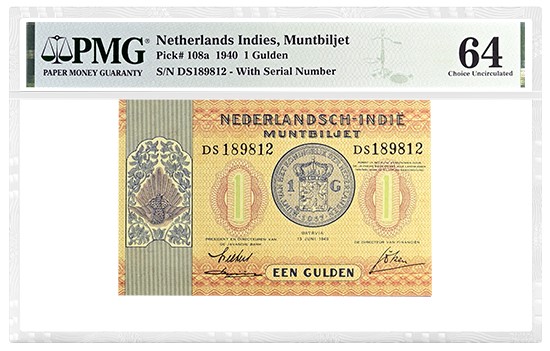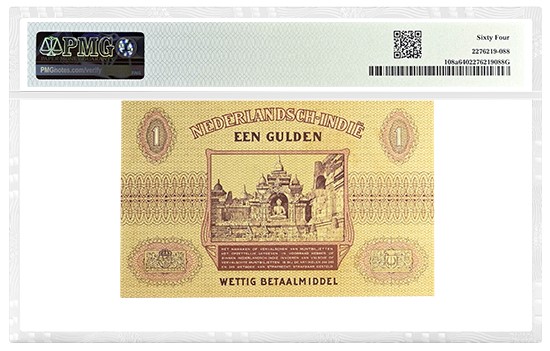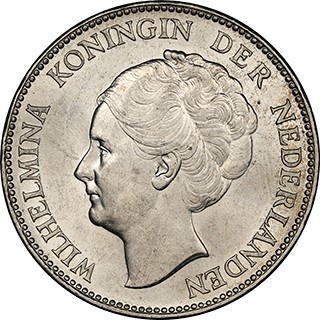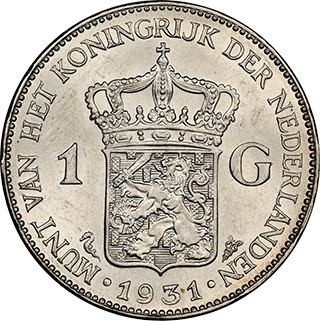Collection Inspiration: Coins on Notes
Posted on 4/22/2025
Currency of all kinds has been used by people for centuries. Coins were first crafted and utilized for the exchange of goods and services starting in the 7th century B.C. in what is now Turkey. Around the 11th century A.D., government-issued paper money was first adopted for use in China, beginning a long and storied history of world notes.
Today, collectors all across the globe are fascinated by coins and banknotes. However, there is a niche cross-section that incorporates both: banknotes that show coins. With National Coin Week being celebrated in the United States in late April, this month's Collection Inspiration column takes a look at paper money from around the world that includes images of coins.
Ten Banknotes Featuring Coins on Notes
China
China was the first country to adopt paper money as currency. Known as the "Great Ming Treasure Note," this rarity depicts 10 sets of coins totaling 1 Kuan. The coins, which had square holes in their center, are shown strung together in the center of the note.
Hong Kong
Known as cash, these holed coins were used in China for more than 2,000 years. An example from the Tang Dynasty is shown on this high-denomination Hong Kong note printed by Standard Charter Bank that brought together old and new currencies from the region. The back shows a coin casting a shadow over a modern credit card's smart chip.
Greece
The ancient Greeks were prolific users of coins. The back of this Greek banknote shows a coin design that was issued by Lysimachus, a successor of Alexander the Great who became king of Thrace. With Alexander on the obverse and Athena on the reverse, the design was used long after Lysimachus’ death, including on this silver tetradrachm from Thrace that dates to the 1st or 2nd century BC.
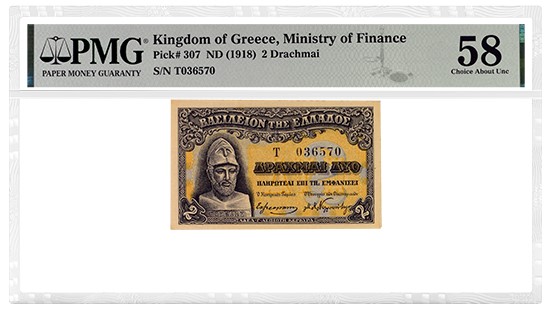 |
 |
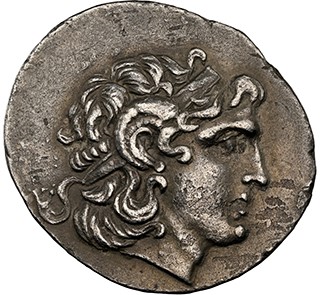 |
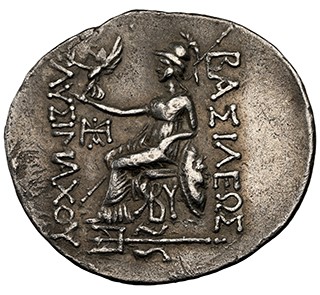 |
| Thrace, Byzantium late 2nd to 1st century B.C. Silver Tetradrachm graded NGC Ancients XF, 5/5 Strike and 2/5 Surface Click images to enlarge. |
|
Netherlands
An early example of paper money in Europe is this Leyden siege money that was printed to actually look like a coin. From 1568 to 1648, 17 provinces of the northern and southern Netherlands fought for their independence in what is known as the Eighty Years’ War. Isolated and running short of precious metals, Leyden resorted to shredding books and converting the paper into hardened sheets to create these paper coins, which were issued out of necessity as emergency money. The paper money mirrored the design of traditional coins, including the silver klippe dated the same year shown here.
United States
Coins struck in precious metals were also in short supply in the 1860s during the Civil War in the United States, prompting more reliance on federal paper money. After the war, banks throughout the United States issued paper money, including several National Gold Banks set up in California. To promote the idea that the paper money was as good as gold, the backs of these notes showed images of United States gold coins on them, including the 1871 Double Eagle shown front and center.
Japan
About this time, Japanese society was being reformed under the Meiji Restoration, which included the modernization of its currency. The back of this (1873) 20 Yen note shows images of a gold Japanese coin of the same denomination.
Mexico
The etymology of the word “yen” (and well as “yuan” in China and “won” in Korea) can be traced back to the word for “round,” which is what the Chinese called the coinage that arrived in much of Asia via the Spanish colony of the Philippines. In the 1800s, the Mexican 8 Reales was widely used as currency in Asia. The back of this Mexico 1913 Peso shows an 1881 8 Reales, whose venerable design is known as the “Cap and Rays.”
India
During the British colonization of India from the years 1912 to 1936, the Indian 1 Rupee silver coin featured a portrait of King George V. In addition to these coins, the Government of India also issued 1 Rupee banknotes, with the front and back depicting the obverse and reverse of the rupee.
Senegal
A smaller note with a simple design, this Senegalese banknote was issued by the French for the African colony of Senegal. While the back features a lengthy inscription in French, the front shows images of the front and back of the 50 Centimes coin in use in France at the time.
Netherlands Indies
Like Britain and France, the Netherlands also had colonies that needed currency. Printed during Queen Wilhelmina’s almost 60-year reign, this Netherlands Indies 1940 1 Gulden note was issued with a depiction of a 1 Gulden coin as the focal point of the front of the note. Interestingly, the coin shown on the note is dated 1937, but the Netherlands did not issue a 1 Gulden coin dated that year.
If you're interested in more inspiring banknotes, check out our other Collection Inspiration columns for more collecting ideas, including ones on the recent zodiac signs snake, dragon, tiger and ox. Also, be sure to follow PMG on Facebook, on Instagram and on Twitter for other articles and interesting notes posted daily.
Stay Informed
Want news like this delivered to your inbox once a month? Subscribe to the free PMG eNewsletter today!
